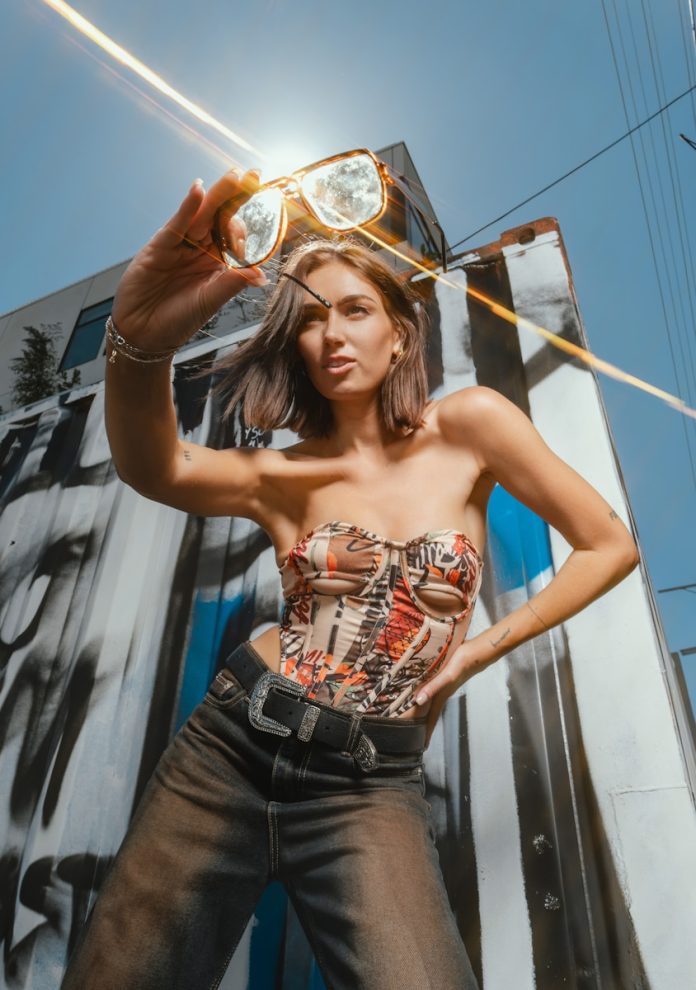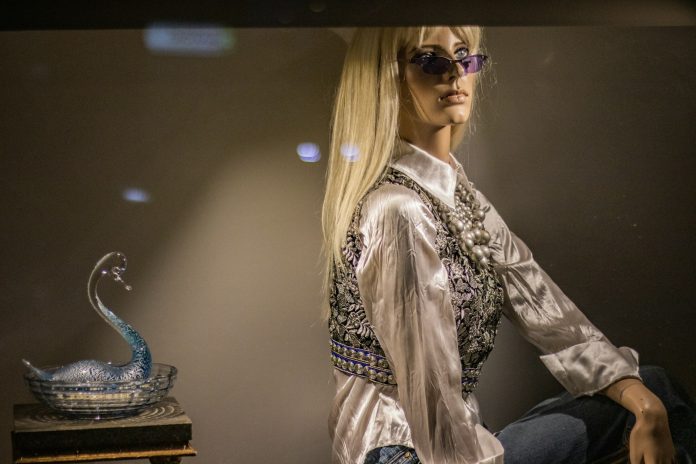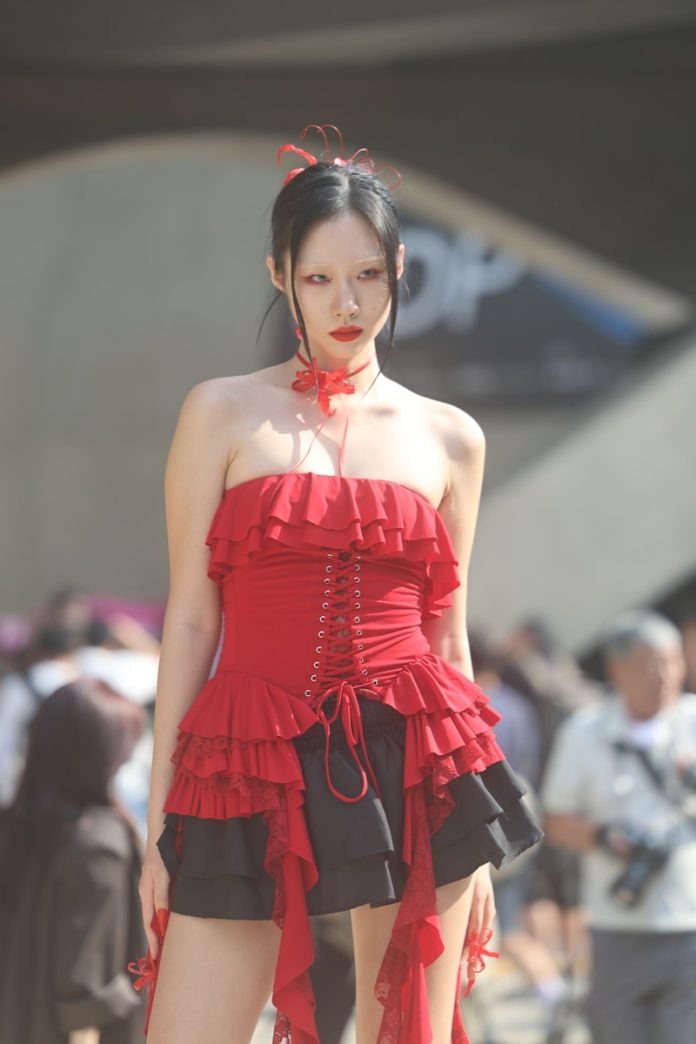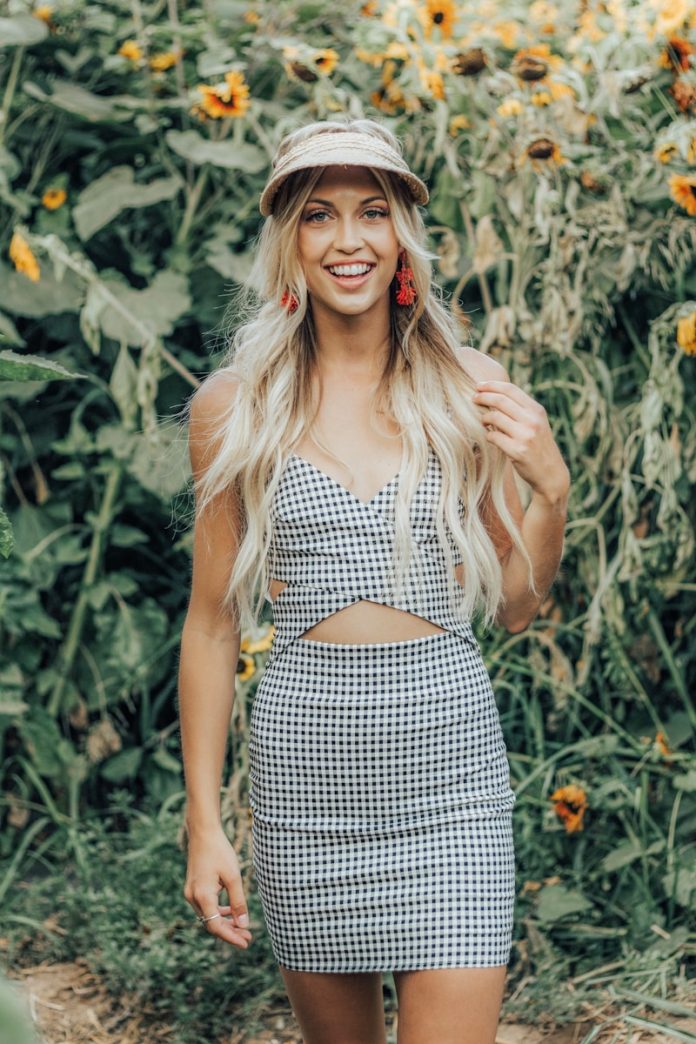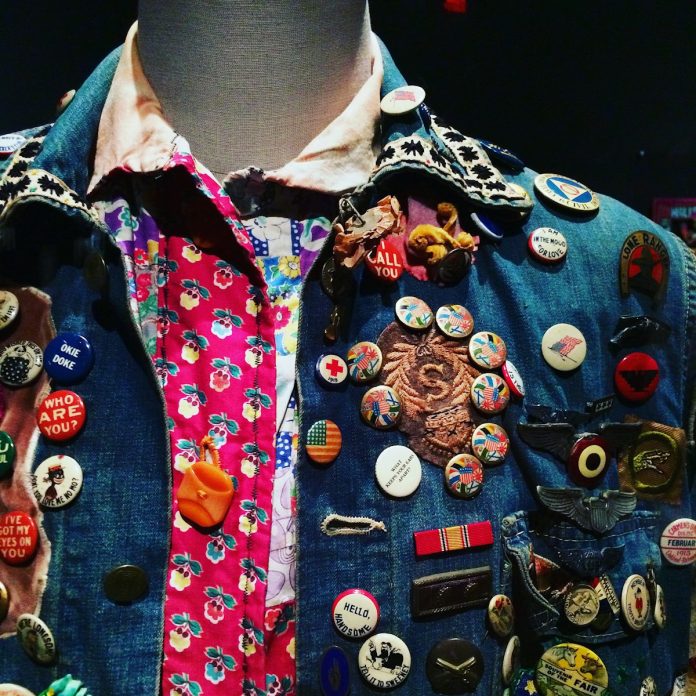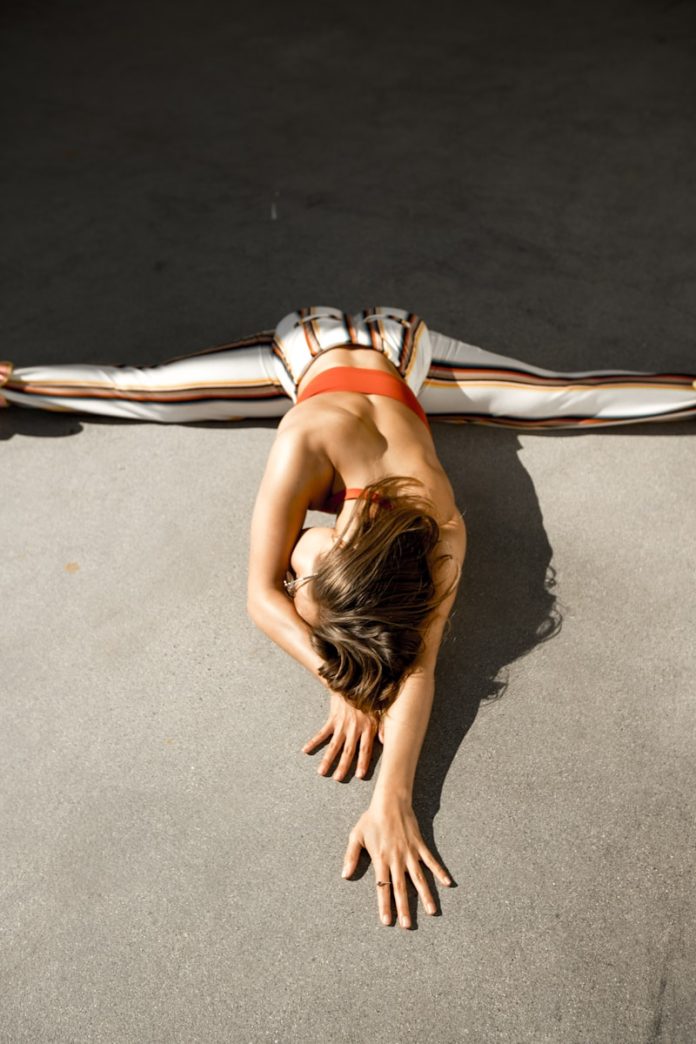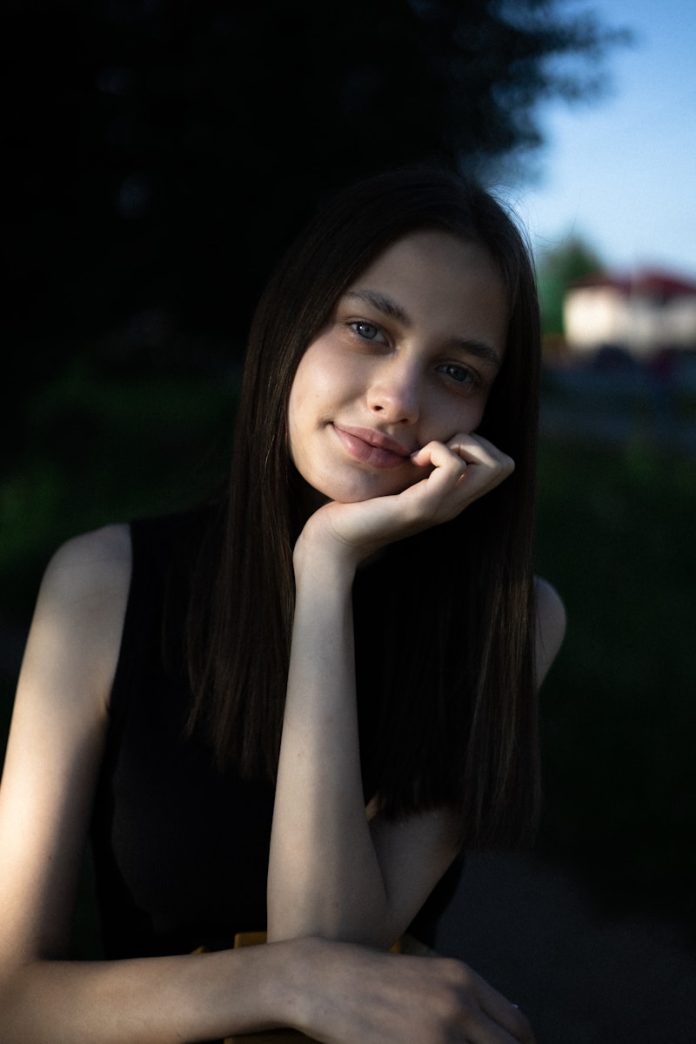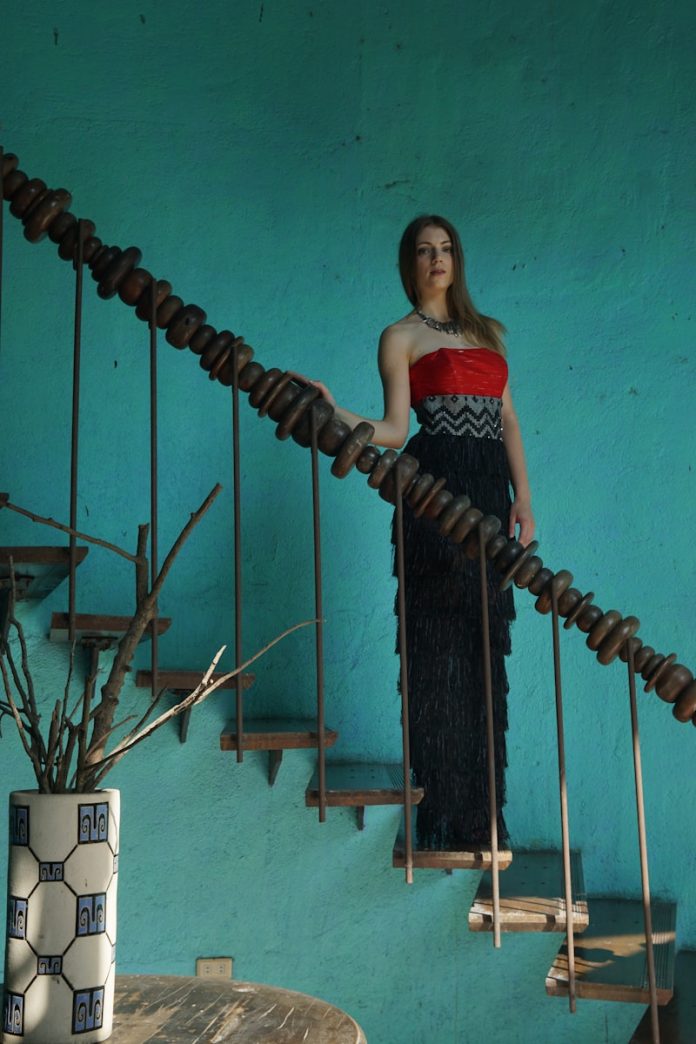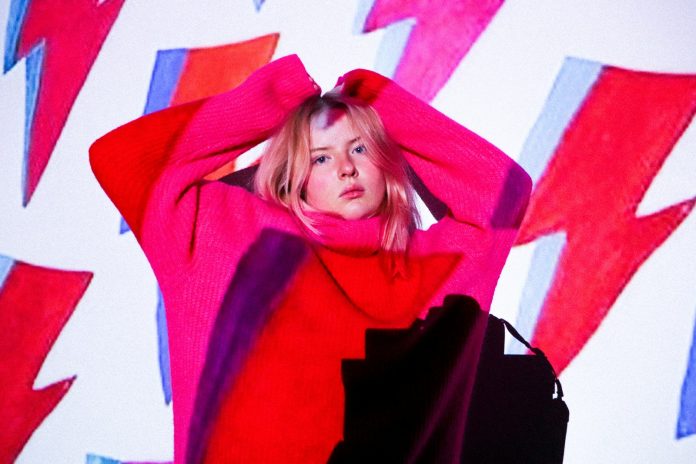Introduction: Where the Night Begins, Style Transforms
Cities come alive when the sun goes down. Neon reflections bounce off wet pavement, the distant hum of bass leaks from rooftop bars, and the air thickens with possibility. Nighttime in the city isn’t just a different hour—it’s a different universe. And to step into it, you don’t just change your plans. You change your clothes.
After-dark city dressing isn’t simply about glamour or fashion. It’s about transformation—shedding the practical layers of the day and stepping into something bolder, sleeker, more daring. It’s a wardrobe shift that whispers rebellion, romance, and risk. The outfit becomes an invitation. The street becomes a runway.
In this essay, we explore the evolution and essence of night fashion in the urban jungle—how it captures attitude, challenges norms, reflects identity, and turns every sidewalk into a stage after sundown.
From Office to Oasis: The Transition Ritual
For many, especially in cities that never sleep, the transition from day to night isn’t just a change in lighting—it’s a mindset reset. The act of getting dressed for the evening becomes a deliberate ritual, a separation from emails, errands, and expectations.
Where daytime dressing leans on function—neutral tones, breathable fabrics, practical shoes—night dressing lets you escape the rules. It encourages contrast. You trade loafers for stilettos, denim for silk, button-ups for plunging necklines or sharply tailored blazers with nothing underneath.
The transformation often happens in the smallest of spaces—bathroom stalls, subway stations, office lounges—but the effect is anything but small. It’s a visual and emotional rebirth. With the clack of a heel or the glint of a chain, the city becomes yours to conquer.
The Language of Darkness: Fabrics and Forms
The visual palette of after-dark city style is distinct and intentional. Black reigns supreme—not out of laziness, but because of its mystery and strength. Black absorbs light and attention, creating sleek silhouettes that let the wearer move through the night like smoke. But it’s not just about the absence of color—it’s about texture, cut, and contrast.
Leather, satin, mesh, velvet—these are the fabrics of the night. Each plays with the glow of streetlights and the flash of a phone camera differently. A leather jacket stiffens the silhouette, adding edge. Satin reflects light like water. Sheer fabrics flirt with visibility.
Tailoring, too, shifts after dark. Lines become sharper or more fluid. The fit gets tighter, or more experimental. Outfits might exaggerate the shoulders or expose the back. Nighttime offers permission to take fashion risks that feel too loud for the daytime. And the city applauds it.
Style as Armor: Confidence in the Concrete Jungle
The nighttime city isn’t always gentle. There’s a certain edge to walking alone through unfamiliar streets or pushing through crowded clubs. Clothing, in this setting, becomes more than aesthetic—it’s psychological armor.
A sharply structured blazer makes you feel in control. A thigh-high boot elongates your stride and commands attention. A bold red lip or smoky eye becomes a shield. After-dark dressing gives you access to personas you keep tucked away in daylight. It’s not a mask—it’s an extension of your inner monologue, louder and more visible.
This is particularly relevant for women and marginalized groups navigating the city at night. The act of dressing up isn’t about seeking the gaze of others—it’s about owning the space you walk into. Power dressing, sensuality, and style intersect in an intentional act of self-presentation and self-protection.
Subcultures and Street Scenes: Night Fashion as Identity
Every urban center has its own fashion dialect. In Berlin, the night uniform is utilitarian black with industrial boots. In New York, it might be downtown grunge-meets-glam. In Seoul, sharp suits and gender-fluid silhouettes light up cocktail lounges. The night reveals a city’s cultural codes.
But more than that, it reveals its subcultures. The club kid. The indie rocker. The fashion minimalist. The maximalist influencer. Each subculture speaks through clothes—especially after dark. The anonymity of the night gives people freedom to belong, or to stand apart.
Underground parties, queer bars, art house theaters, street raves—all become showcases for sartorial storytelling. Outfits aren’t always new or expensive, but they are always considered. A vintage coat worn over lingerie. A harness layered on a white tee. Platform boots scuffed from countless nights. These choices communicate tribe, rebellion, desire.
The Power of Details: Accessories After Sundown
When dressing for the evening, the smallest details often have the biggest impact. Accessories at night do more than complete an outfit—they transform it.
Think chunky silver jewelry that catches club lights. Tiny bags that are more aesthetic than functional. Belts that cinch and exaggerate. Sunglasses worn indoors because mystery matters more than practicality.
Shoes, of course, are where many people anchor their night look. High heels, combat boots, metallic sneakers—each shifts posture and presence. A loud heel announces you before you speak. A platform boot adds both height and heaviness.
These choices are not accidental. They are crafted to speak before you do.
Gender Fluidity and Freedom in Night Dressing
One of the most exciting shifts in after-dark city fashion is the breakdown of gender norms. The night has always been a space for experimentation—of identity, expression, desire. And fashion is often the first line of that exploration.
You’ll find men in sheer tops, skirts, or corsets, not to shock but because it feels right. Women may ditch traditionally “sexy” looks for boxy tailoring or sneakers, challenging what femininity looks like after dark. Nonbinary individuals often lead the way, mixing codes to craft something new, something personal.
This isn’t about trends—it’s about truth. Night fashion gives people space to be who they are without daylight’s judgment.
Sustainability and the Rise of Vintage Night Looks
As sustainability becomes more central to fashion conversations, after-dark dressing is seeing a vintage revival. Why buy fast fashion when you can source a 90s slip dress from a thrift store or wear your dad’s old blazer in a way he never imagined?
Vintage and secondhand pieces bring character to night looks—clothes that already have stories, now woven into yours. A faded band tee tucked into a sequin skirt. A dated handbag used ironically. These pieces add depth and individuality, perfect for nights when you want to feel unique, not just trendy.
The Morning After: Residual Style
There’s something undeniably cinematic about morning-after dressing—the slightly smudged eyeliner, the tailored coat thrown over a party dress, the sneakers worn home after heels proved too ambitious.
This “residual style” is almost its own category—a reflection of the night’s energy lingering into the next day. It’s vulnerable, raw, and real. And often, it’s where the most authentic fashion moments happen. There’s no performance—just memory written in fabric.

